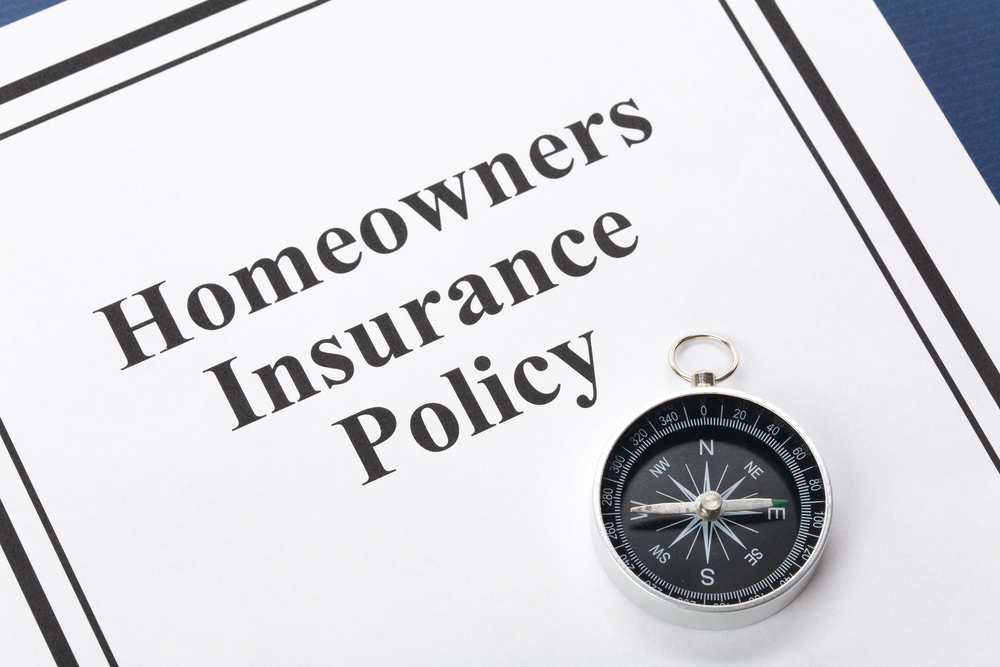BLOG
Finds and Interests
Video by Weather Nation.
You never believe it’s going to happen to you. Disaster strikes, and you lose everything. Amid all the confusion and anxiety from the event, you might have trouble remembering what was in your home. Sure, you’ll remember big or important items, but smaller items will be pushed to the back of your mind. They will only be recalled when you need them or realize something is missing. By then, it’s too late. Your insurance claim will have already been settled—if you’re lucky.
My Wake-Up Call
For me, Hurricane Ian in September 2022 was a wake-up call. Almost a year later, my house is still unlivable, and my insurance claim is still in limbo. As I wait for a settlement, home repairs remain undone, and mold grows behind the walls. The house will probably be razed. Fortunately, I had cataloged my collections in WorthPoint®’s Vault, so I have a handle on their financial worth. But, much of my household goods and collections were lost to storm damage. I struggle to remember all the items that comprise my effects. This situation leaves me somewhat chagrined. I have discovered—after the fact—that my contents insurance policy didn’t accurately reflect the contents of my home.
I’m regarded as an expert in personal property valuation. I often speak and write about the importance of knowing what your possessions are worth and keeping a digital archive of their values and provenance. Yet, in this case, my household inventory was only partially done. Life, and running a business, got in the way. I procrastinated. Consequently, I’ll suffer a loss.

Image: Shutterstock
Let a Household Inventory Guide Your Insurance Decisions
My policy renews in August, so it’s time to plan my next policy. I’ll review my household inventory and refresh their values. Then, when my insurance agent asks, “What do you have?” I’ll hand over my lists, and we will plan for coverage limits and premiums. But, the value entered when inventorying for insurance purposes will depend on the kind of policy I’ll purchase.
One of the most popular insurance policies for antiques and collectibles is an actual cash value policy, in which you tell the insurer how much your items are worth and pay premiums based on that amount. The other most popular is an agreed value policy, in which you and the insurance company agree beforehand on the loss settlement payment amount. If there is a loss, the insurance provider will request an evaluation based on your records and make payments per the evaluation and the terms of your policy. This is why knowing what you have and keeping good records is critical. So don’t make the mistake I made. Create a thorough household inventory and nail down your insurance payout in case of a disaster. Given that a home’s contents are often worth more than the home itself, it’s understandable why 40 percent of American homeowners are underinsured.

Image: Shutterstock
How to Approach a Household Inventory
Here are my suggestions for getting your household inventory done. Yes, it will be time-consuming. If you don’t have time to do it, hire someone.
Step One: Go room-by-room through your home, inventorying along the way. Some folks prefer to write everything down, but using your phone’s recording app and camera is the easiest way. Take a picture, record a description, then move to the next item and repeat the process room-by-room. The level of detail is up to you, but be sure to include anything valuable. Insurance is about balancing risk, so deciding how much risk you are willing to take is best. You don’t need to count your socks and underwear individually. Neither do you need to count the number of spoons in your kitchen drawer (unless they are sterling silver). All you need for those items is a value for the category, such as “the replacement value of my clothing is $15,000.”
When you’re done with each room, download the photos and the audio files and name the file according to the room. The audio files can be transcribed using a voice-to-text transcription app like otter.ai; the transcription will give you a written inventory record. Give the photos distinct names, such as Lladro Don Quixote, the Aster Live Steam train set, etc., rather than making a full page of Lladro #1, Lladro #2, etc.
Step Two: Add notes to your transcription as each room is completed. Notes might include provenance, a family story, or other information you deem important.
Step Three: Gather your documents. For larger purchases such as furniture, appliances, jewelry, art, and collectibles, scan the documents and save them to a specific folder on your computer.
Step Four: Record a video. Take a 360-degree video of each room to prove your ownership and the items’ condition.
Step Five: Compare your household inventory list to your current insurance policy and work with your agent to ensure you have sufficient coverage and the correct type of policy.
Step Six: Update your inventory regularly. As you acquire new possessions, update your household inventory record.
Everyone is susceptible to life’s risks. We buy insurance to offset those risks. But “know what you have” is the first principle for insuring your possessions. That’s why you need a household inventory. Insurance companies won’t settle a claim on your say-so; you must prove your assertions. Without proper documentation, losses will not be covered by your homeowner’s policy. Even with proof, claims are subject to a policy’s deductible and coverage restrictions.
Will Seippel is the CEO and founder of WorthPoint, the world’s largest provider of information about art, antiques, and collectibles. An Inc. 500 Company, WorthPoint is used by individuals and organizations seeking credible valuations on everything from cameras to coins. WorthPoint counts the Salvation Army, Habitat for Humanity, and the IRS among its clients.